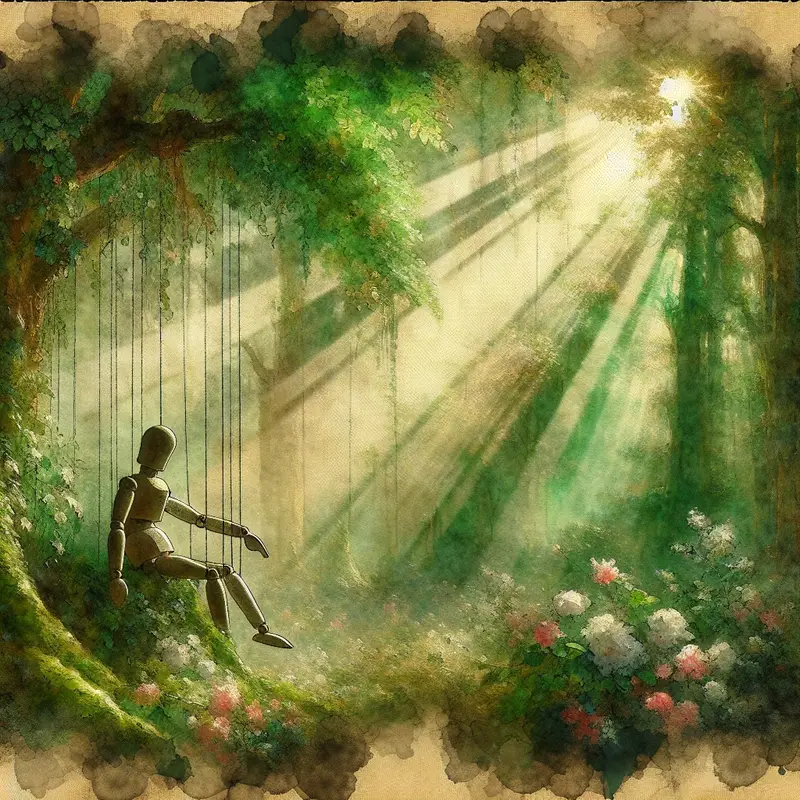The Puppet Strings
Published on March 23, 2025

A Candy Crush notification pings your phone, and your finger’s on it before you think. Or a quiet moment hits, and you’re itching to check an old game you swore off. It’s not your plan pulling you back—it’s the cue. Triggers don’t ask; they tug. Ever drop everything for a buzz you didn’t expect? That’s the string at work.
This is about how signals reel us in, one thread in a six-part system that turns a nudge into a habit. We’re unpacking it here—how triggers restart the cycle, not the reward itself. It’s in games, apps, even the rhythms of life, and it’s compelling because it’s automatic. Cues don’t just start the pull; they keep it going. Let’s break it down.
Why It Works: The Brain’s Cue System
Your brain’s a pattern machine. Ring a bell, feed a dog—Pavlov showed how cues tie to rewards. In addiction, it’s dopamine on the line: a ping, a stress spike, a bored minute, and the loop kicks back on. Volkow and team found in 2006 that repeated cues—like cocaine triggers—lock in craving by rewiring reward paths Journal of Neuroscience. It’s not one hit; maintaining the hook takes follow-ups—each cue reinforces the last, keeping you tethered.
This builds on what’s come before. Randomness grabs you, speed locks you, investment digs you in—triggers make sure you don’t drift off. We’re wired for it—spot a signal, act fast—but what taught us to survive now pulls us back for more. Think of it as a callback your mind can’t ignore: one tug starts it, steady tugs sustain it.
Where It Strikes: Digital and Real
It’s not just Candy Crush alerts. Triggers are everywhere—social media dings when likes roll in, a tense day sparking a scroll habit. Games cue you with pings or streaks; life cues you with stress or empty slots—boredom, routine gaps. One’s a nudge you can mute; the other’s a hook you can’t dodge.
Both work the same: signals pull you back. An app’s reminder keeps the game alive; a rough moment keeps the cycle spinning. It’s in your app, your mood, your day—and it’s relentless because it’s layered. A single cue might fade, but follow-ups don’t let it. They’re designed or accidental, but they always reel you in.
The Cost: Strings Over Choice
Here’s the bite: triggers swap choice for reflex, and maturity takes the hit. Self-control thrives on intent—cues override it with autopilot. Games waste time with each ping; life wastes focus with each pull—habits stack, distractions pile, energy leaks. Maintaining that tug takes work—follow-ups don’t just hook you, they drain you to stay hooked. One’s a ping that eats an hour; the other’s a leash that eats your day.
The short-term pull is strong—dopamine loves the trigger—but it doesn’t free you. Each follow-up tightens the string, not your grip. It’s a tug that owns you, not builds you. This is one thread. The rest—five more—weave it tighter. Want the full pattern? Keep reading.